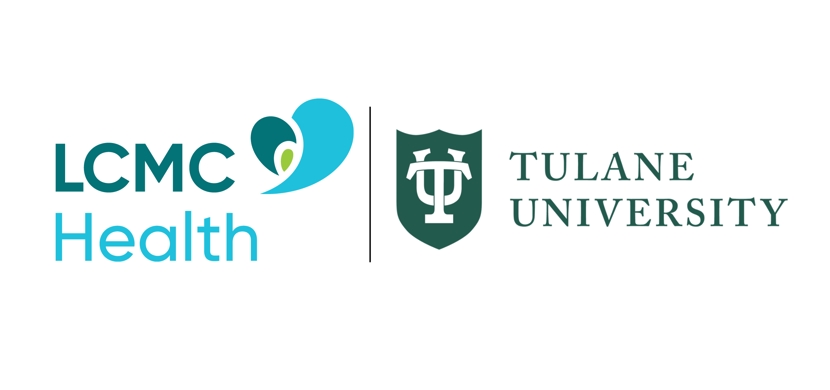Be your heart’s best friend by hitting a healthy heart exercise rate
- Category: Heart & Vascular
- Posted on:

There’s no secret sauce when it comes to keeping your heart healthy. Regular exercise and a healthy diet are two key components. Striving for a healthy exercise heart rate is a good first step.
You probably know that your heart is one of the body’s organs. But did you know that the heart is made up of muscle?
Just like the other muscles in your body, your heart needs to be exercised regularly to strengthen the muscle and keep it functioning at its best. Read as we explore why physical activity is so important for your heart—and how keep your heart in ship shape.
Put your heart into being active
There’s no single best exercise for heart health. Any exercise that gets your heart pumping faster can help strengthen your heart and lower the risk of cardiovascular disease, whether it’s lifting weights at a fast and intense pace or running a 5K.
The American Heart Association (AHA) recommends that most adults get at least 150 minutes of moderate physical activity each week or 75 minutes of strenuous physical activity. Exercise doesn’t need to be done in big chunks. If it works better for your schedule, sneak in 10-minute bursts of activity throughout your week.
What activity is best? Whichever type of exercise you enjoy! If you like it, you’re more likely to keep doing it.
Why your heart rate matters
When it comes to strengthening your heart, you can choose any activity that gets your heart pumping faster. To help prevent heart attack and stroke, you want to regularly challenge your heart by making it work a little harder.
Wondering whether you’re working hard enough? Your heart rate can be a good indicator.
During exercise, you want to aim for your target heart rate, which will vary depending on your age. (The AHA offers a handy chart.)
If you’re participating in moderate physical activity, such as brisk walking, jogging or swimming, you want your heart rate to be between 50% and 70% of your maximum heart rate. If you’re participating in strenuous activity, such as a rousing game of pickleball, a healthy exercise heart rate is between 70% and 85% of your maximum.
Fueling up for a healthy heart
As you ramp up your exercise routine, you also want to be sure you’re fueling your body with healthy foods. You may have heard that you should eat a heart healthy diet.
Throw the word “diet” out the window. Instead of looking for a specific diet plan, you want to practice the basics of healthy eating. Some simple changes and additions to your meals can make a big difference.
If you can only make one change, reduce your intake of processed foods. Fill your plate with whole foods instead, including vegetables and fruit, whole grains, lean protein sources, including chicken and fish, beans, peas and lentils, along with healthy fats such as olive oil.
Ready for other changes? Carefully review the food label on any foods you purchase in the grocery store, looking for unhealthy additions like saturated or trans fat, added sugar, and excess sodium. All three can increase your risk for heart disease, so it’s best to limit your intake.
Avoid fad diets, such as the 3-Day Cardiac Diet. This plan restricts the number of calories you’re eating in an unhealthy way, leading to quick but unsustainable weight loss.
Instead, if you’d like a more formal nutritional plan to follow, the DASH diet (Dietary Approaches to Stop Hypertension) is a well-known plan for heart healthy eating. It’s especially helpful for lowering blood pressure and focuses on many of the whole foods we talked about earlier.
Eating healthy foods can give you the fuel you need to stay active—the perfect tag team for keeping your heart healthy and strong!
When your heart’s at stake, you want the experts caring for you. And that’s what we want for you, too, NOLA! We offer the advanced heart and vascular care you need.
